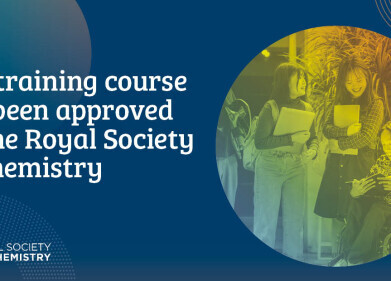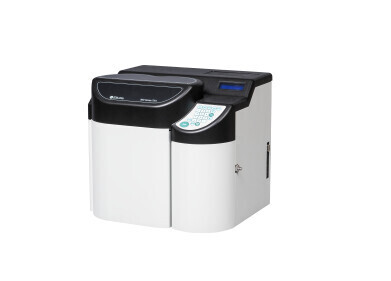Gas Chromatography
How Does Mouthwash Affect Breathalysers? - Chromatography Investigates
Jul 25 2019
The breathalyser test is a simple test used by law enforcement agencies, companies and individuals around the world as a means of estimating blood alcohol levels. Developed in the early 1950s, it is still the first tool used to check if people are fit to drive or work. But can it give false positive results? Does swilling mouthwash cause the device to deliver false results?
To determine the effect of mouthwash and ethanol vapours on the breathalyser test was the aim of recent research carried out in Sweden and published in the journal Clinical Toxicology. The study aimed to assess the impact of local ethanol exposure on breath alcohol concentration and was reported in a paper titled Washout kinetics of ethanol from the airways following inhalation of ethanol vapors and use of mouthwash. Is using mouthwash delivering false positives?
Breathe into the tube Sir - one long breath
Breathalysers are a non-invasive method to test whether someone is fit to drive or work. Low cost, simple to operate and portable, they allow the users to gain a real-time reading of the ethanol levels in exhaled air. The ethanol content in exhaled air has been shown in many studies to give a good indication of the blood alcohol content. But what happens if you swill mouthwash just before the test or sit in an atmosphere containing a high level of ethanol? Are the readings tainted?
It is important that the breath analysers give accurate results, particularly when used for regulatory purposes. Could alcohol-based mouthwashes affect the results? What about smoking e-cigarettes where the e-liquid contains alcohol? Some false positive results have been reported from using breath analysers, so the team from Sweden wanted to assess the impact of local ethanol exposure and whether this could give a false positive result.
Ethanol analysis by chromatography
The researchers analysed the effects of inhalation and mouthwash on eleven healthy volunteers. First the volunteers had a breath test before they were asked to sit in a chamber with increased ethanol vapours. Then their breath samples were taken after exposure. One hour after that test the subjects used a mouthwash and again breath samples were collected. Blood samples were also collected before and after each test to compare with the breath samples.
The breath and blood samples were then analysed using gas chromatography. The use of gas chromatography to analyse volatile samples is discussed in the article, Fast Analysis of Non-Traditional Gasoline Additives with Gas Chromatography – Vacuum. Ultraviolet Spectroscopy.
The researchers found that the post-exposure ethanol concentration was higher in the mouthwash samples than in the inhalation samples. They report that inhalation does not result in an overestimation of blood alcohol concentration. They also report that after 16 minutes, the mouthwash ethanol concentration had fallen back to the expected reading stating: a positive alcohol breath tests can easily be verified by repeating the test after 15 min.
Digital Edition
Chromatography Today - Buyers' Guide 2022
October 2023
In This Edition Modern & Practical Applications - Accelerating ADC Development with Mass Spectrometry - Implementing High-Resolution Ion Mobility into Peptide Mapping Workflows Chromatogr...
View all digital editions
Events
Jan 20 2025 Amsterdam, Netherlands
Feb 03 2025 Dubai, UAE
Feb 05 2025 Guangzhou, China
Mar 01 2025 Boston, MA, USA
Mar 04 2025 Berlin, Germany














